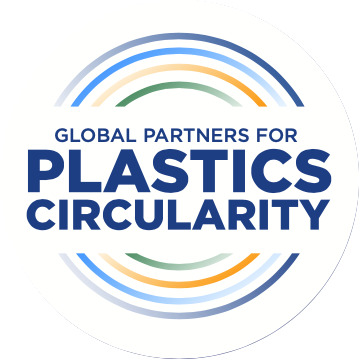
FUNDING INFRASTRUCTURE TO PREVENT POLLUTION


Unlocking funding for waste management and circularity infrastructure will require collaboration and a sound policy and regulatory ecosystem
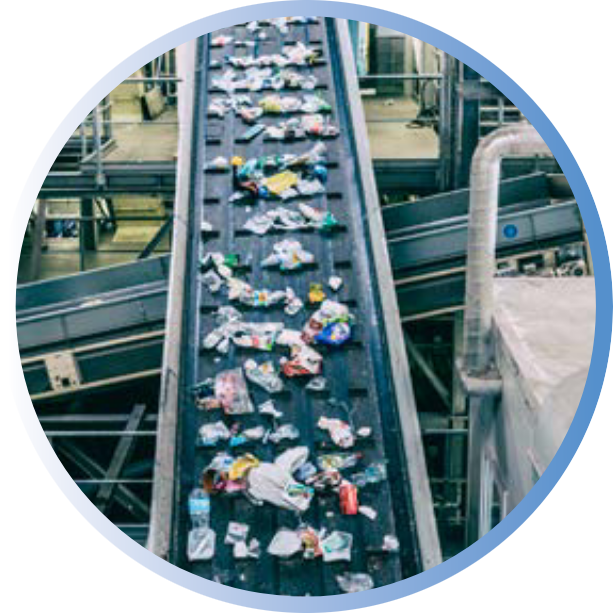
A circular economy for plastics is a key part of the solution to end plastic pollution.
The circularity of plastics, however, goes beyond recycling. It requires investment and adequate financing for innovation, infrastructure development, policy and regulatory systems, capacity building efforts, and education programs.
Waste management infrastructure is essential to address the issue of plastic waste leakage into the environment as almost 2.7 billion people worldwide lack access to basic waste management services.
However, building basic waste management infrastructure is complex with several key steps needed from conception to construction with different actors to be mobilized across the typical infrastructure funding cycle (see below).


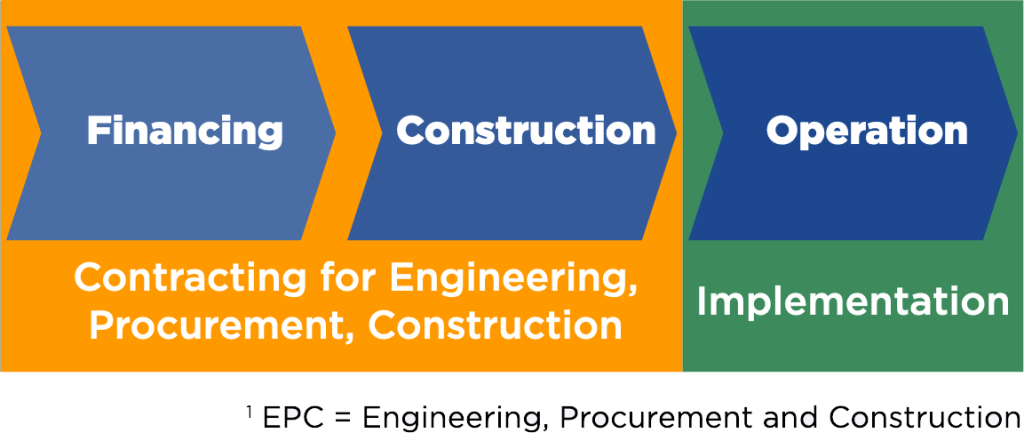
Within the infrastructure funding cycle, the financing mechanism being considered under the future international Legally Binding Instrument (ILBI) to address plastic pollution has an essential role to play in the early stages of developing a waste management infrastructure project in overcoming typical bottlenecks.
These include capacity building, technical assistance and the financing of feasibility and pre-feasibility studies.


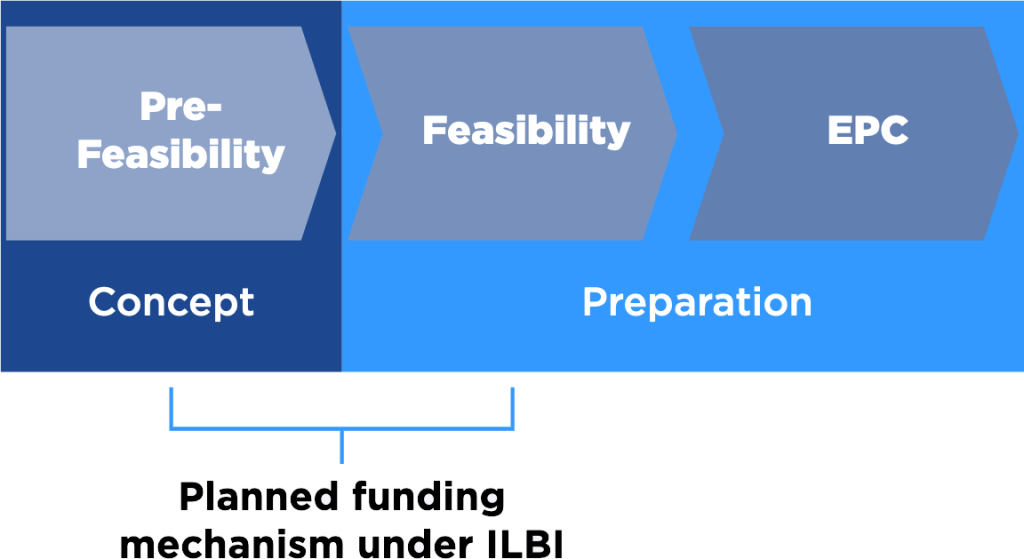
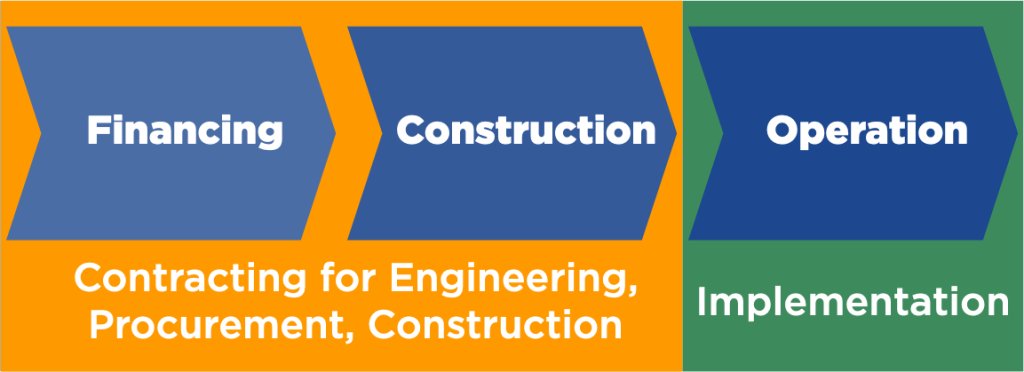

To bring waste management infrastructure projects to life, collaboration between multilateral organizations, governments and the private sector will be critical throughout the project development cycle, from inception to construction, and finally during its operation and maintenance phase.
Countries at the national and sub-national levels should therefore consider the entire spectrum of available financial instruments — including private sector (private equity and industry), public domestic and multilateral funding, and extended producer responsibility (EPR) or alike schemes — to cover every step of the waste management infrastructure funding cycle.
The graphic below demonstrates the role of different funding actors throughout the several stages of a waste management infrastructure project development:

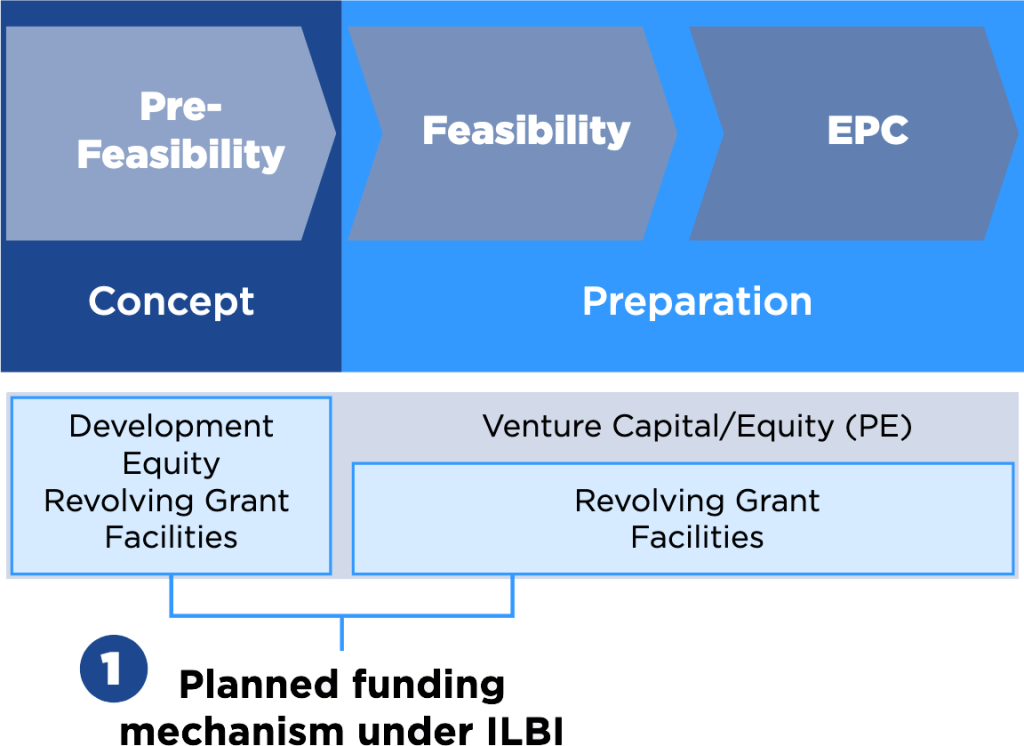
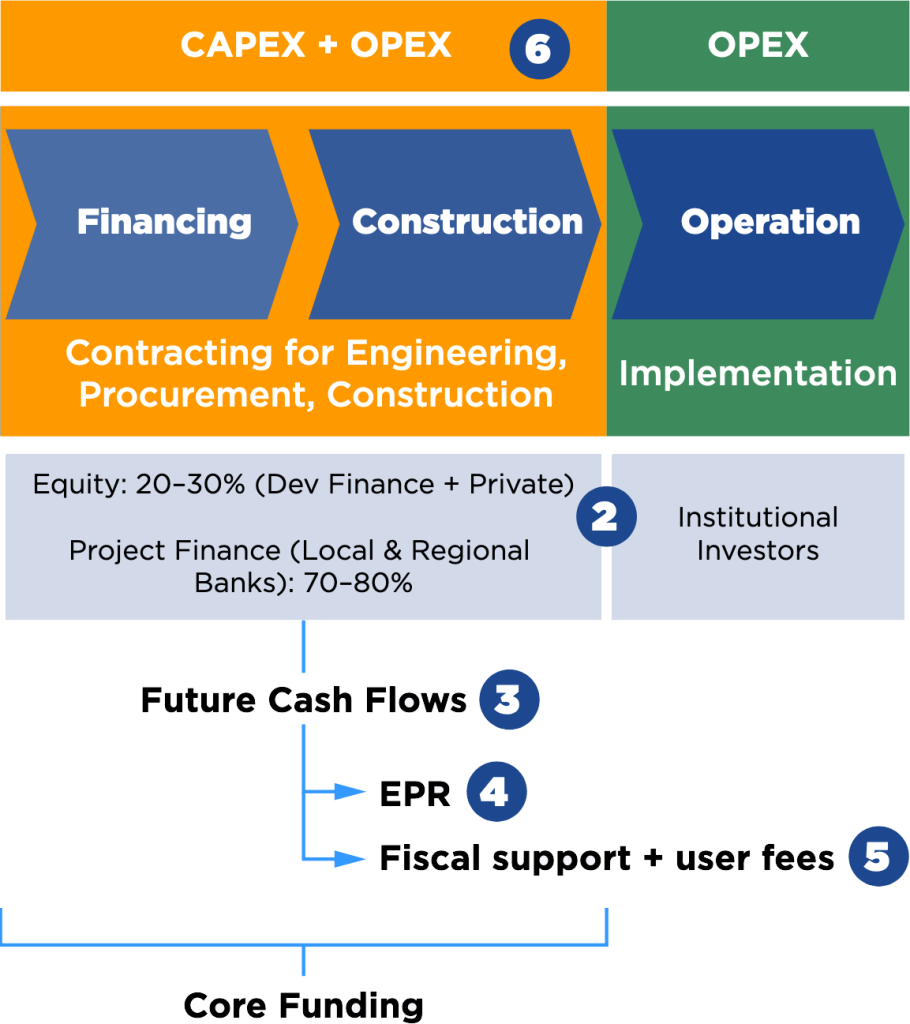

The funding mechanism under the ILBI will be critical in providing grants and/or concessional loans to cover capacity building, pre-feasibility and feasibility studies, unlocking the first stages of the project lifecycle.

Development finance institutions provide risk reduction instruments and play a key role in attracting investment, which will likely cover between 20–30% of its overall costs. Private sector investment can be through the deployment of private equity and/or industry investment.

Project finance backed by cash flows will be required to cover the remaining 70–80% of the waste management infrastructure project costs, which could come from a range of sources:

EPR has the potential to serve as a major source of cash flow that will support operating expenditures for the collection, sorting and recycling of materials.

But it would need to be coupled with fiscal support and — potentially — additional user fees.

Project financial closure to cover engineering, procurement and construction is achieved – enabling construction to start.
A policy and regulatory ecosystem that enables access to waste management solutions is required to encourage private sector investment into critical infrastructure. Domestic and multilateral public funding sources — including the mechanism under the ILBI — will lower barriers to investment.
To unlock future cash flows from EPR and EPR-alike schemes, it is critical that countries — particularly in developing economies — have the ability to establish mechanisms that work well according to their local circumstances and that are based on international norms and standards. A sound policy and regulatory environment will need to consider the following key elements with the aim to incentivize circularity:

- Well-defined roles and responsibilities of different players throughout the waste management infrastructure funding cycle
- Specifying the role of the informal sector (including waste pickers) and supporting efforts that are inclusive of their important contributions to domestic waste management systems and a circular economy
- Regulation, auditing and reporting structures
- Flexible policy instruments tailored to different products and waste streams
- Different material and product standards, with predictable and steadily increasing waste collection targets
- Mandatory recycling and/or recycled content targets
- The establishment of a legal framework for a not-for-profit Producer Responsibility Organization (PRO) to manage the EPR Scheme
- Alignment with existing related policies when they exist, (e.g., for Deposit Return Schemes)
- Ensuring that all collected revenues are deployed to fund infrastructure projects and to sustain operations and maintenance of waste management systems
- A well-functioning enforcement framework

Championing a global agreement for a sustainable, circular economy.
